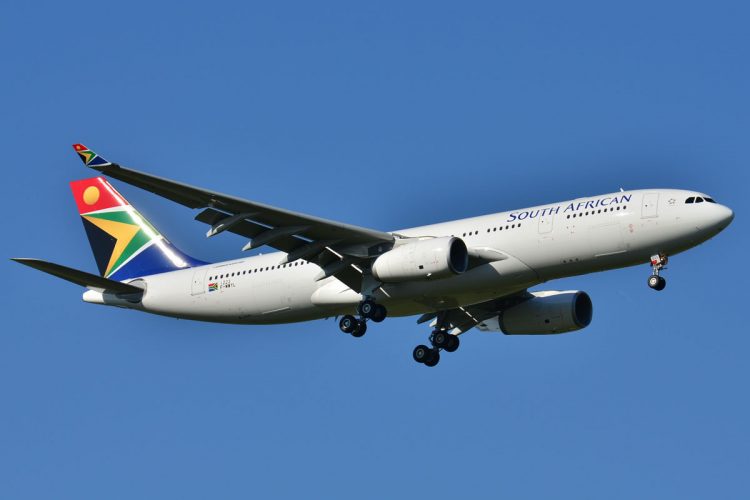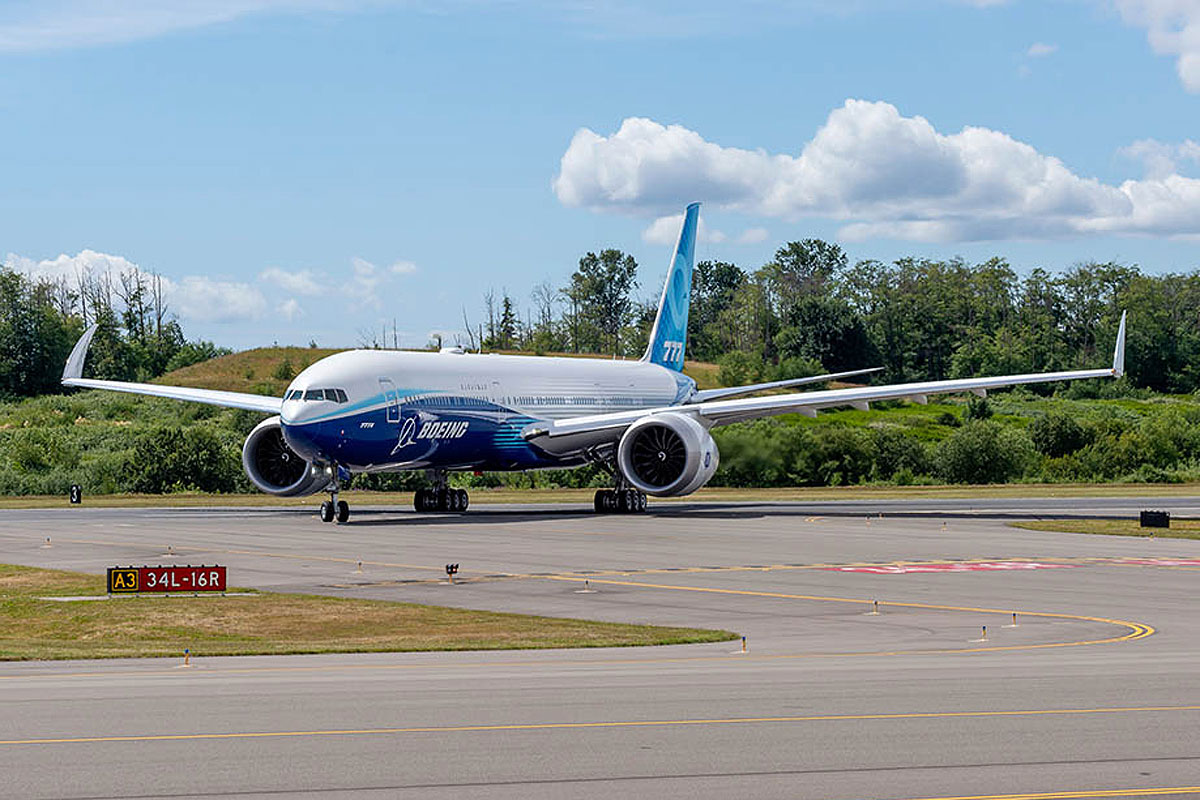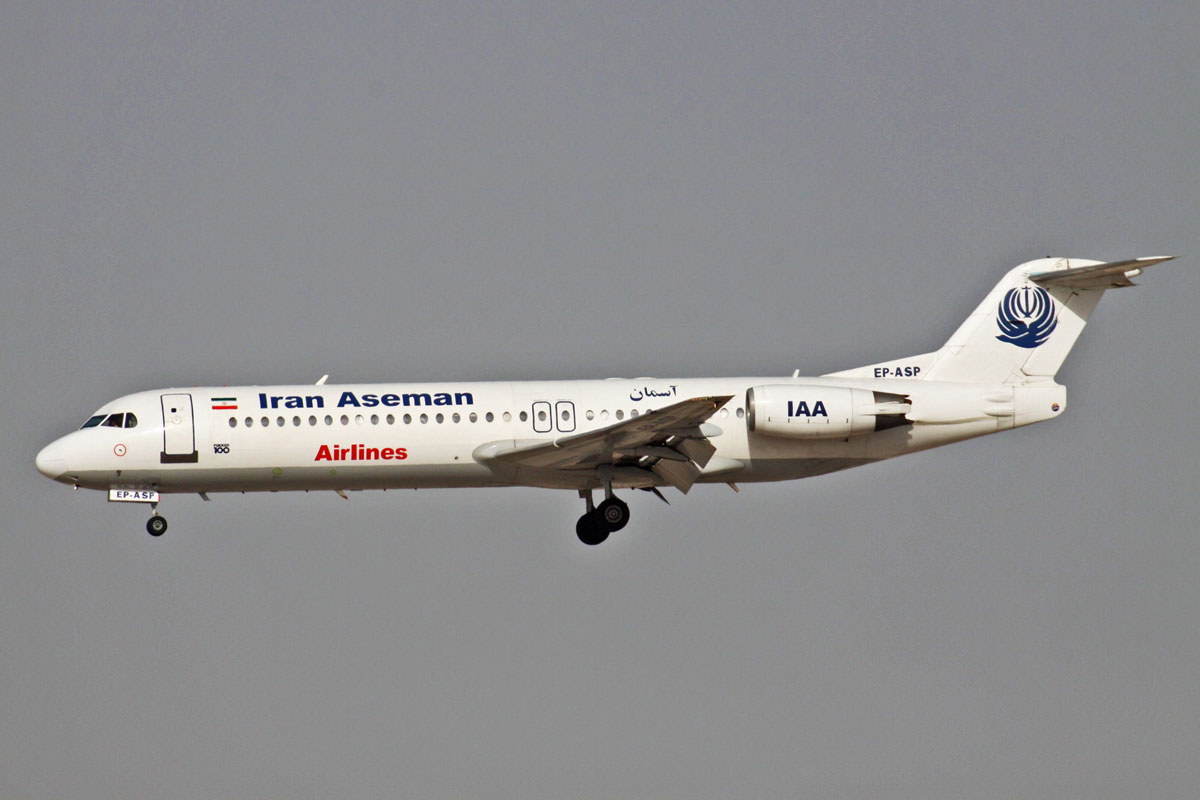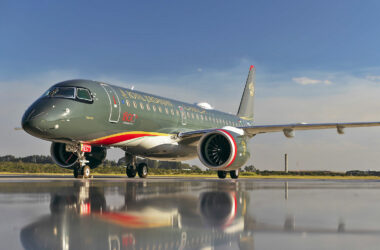About to complete 86 years of existence on February 1st, South African Airways is going through the most delicate phase of its long career. South Africa’s state-owned airline would be close to collapse, according to the country’s press. The reason is that it has been accumulating billionaire debts for several years and the government is studying solutions to prevent a collapse.
The past few months have been critical for the company with a strike in November for non-payment of wages, the desperate attempt to sell its old A340s and also the announcement of the end of flights between Johannesburg and Munich, Germany.
But despite this, SAA, as it is also known, has denied any problems. “South African Airways (SAA) wishes to assure its customers and stakeholders that flights to all its destinations continue as normal. The airline is aware of media reports suggesting that it will cease operations. SAA is always committed to transparently communicate with all stakeholders, including customers, about any material or significant operational changes that may have an impact on flight schedules. Where there may be flight schedule amendments, such operational changes will be managed and communicated in accordance with the industry norms and practices“, explained a note published by the company on Monday.
However, the following day, the airline announced several local flight cancellations, part of which are operated by the subsidiary Mango. The argument is that these routes are in low demand. As a Star Alliance partner, SAA is accommodating passengers on flights to Munich on flights from other companies in addition to its routes to London and Frankfurt.
To try to reverse the bad mood, South African opened its flights with the lease of A350 jets. The first destination chosen is New York, where the Airbus plane replaces the A340 four-engine.
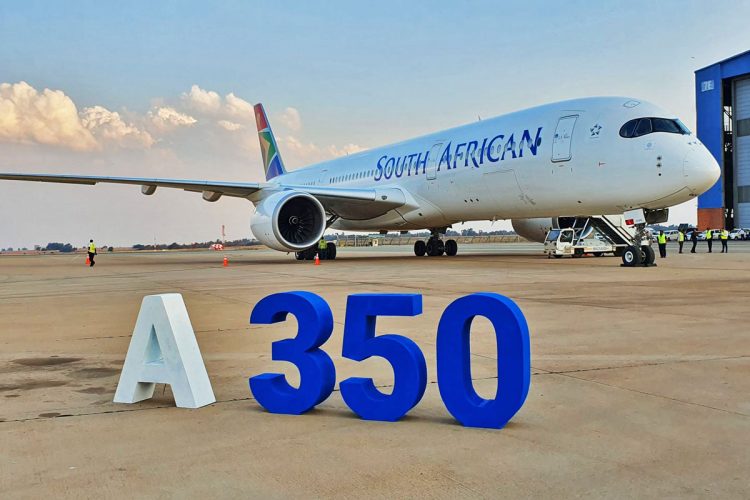
State companies in decline
According to reports, SAA has accumulated losses of more than $ 2 billion in the past 13 years – the company has not published balance sheets since 2017 when it had almost $ 200 million in losses.
The country’s government has been looking for a solution to reverse the company’s situation, however, the information has been mismatched. The local press has already said that the solution must undergo another capital injection, but also that the current president of South Africa would have chosen to transform it into a national airline.
SAA’s fleet of 50 planes is made up of old models, almost all of which are Airbus, and which have an average age of almost 11 years. At the end of last year, South African decided to lease four A350-900s in hopes of reducing the operating costs of the A340 four-engine engines that are no longer used worldwide. Last week, the company put nine of these A340s, including the larger-capacity version -600, on sale along with 15 backup engines and four APUs, auxiliary power units. The company expects interested parties to bid to end the package by January 30.
The situation of South African Airways has shown the obsolescence of state-owned airlines around the world. Without the protectionism of their governments, which grant market exploitation privileges in addition to covering possible deficits, these companies simply cannot compete in a market that today is much more aggressive than decades ago, when the dominance of airline controlled airlines was common. state.
SAA is not alone in this agony. Alitalia, as we know, has been another problematic airline for many years and has no apparent solution. The Indians also bear the deficit Air India while the Argentines keep Aerolíneas Argentinas dominant in a market that has had only a short opening period in recent years.
